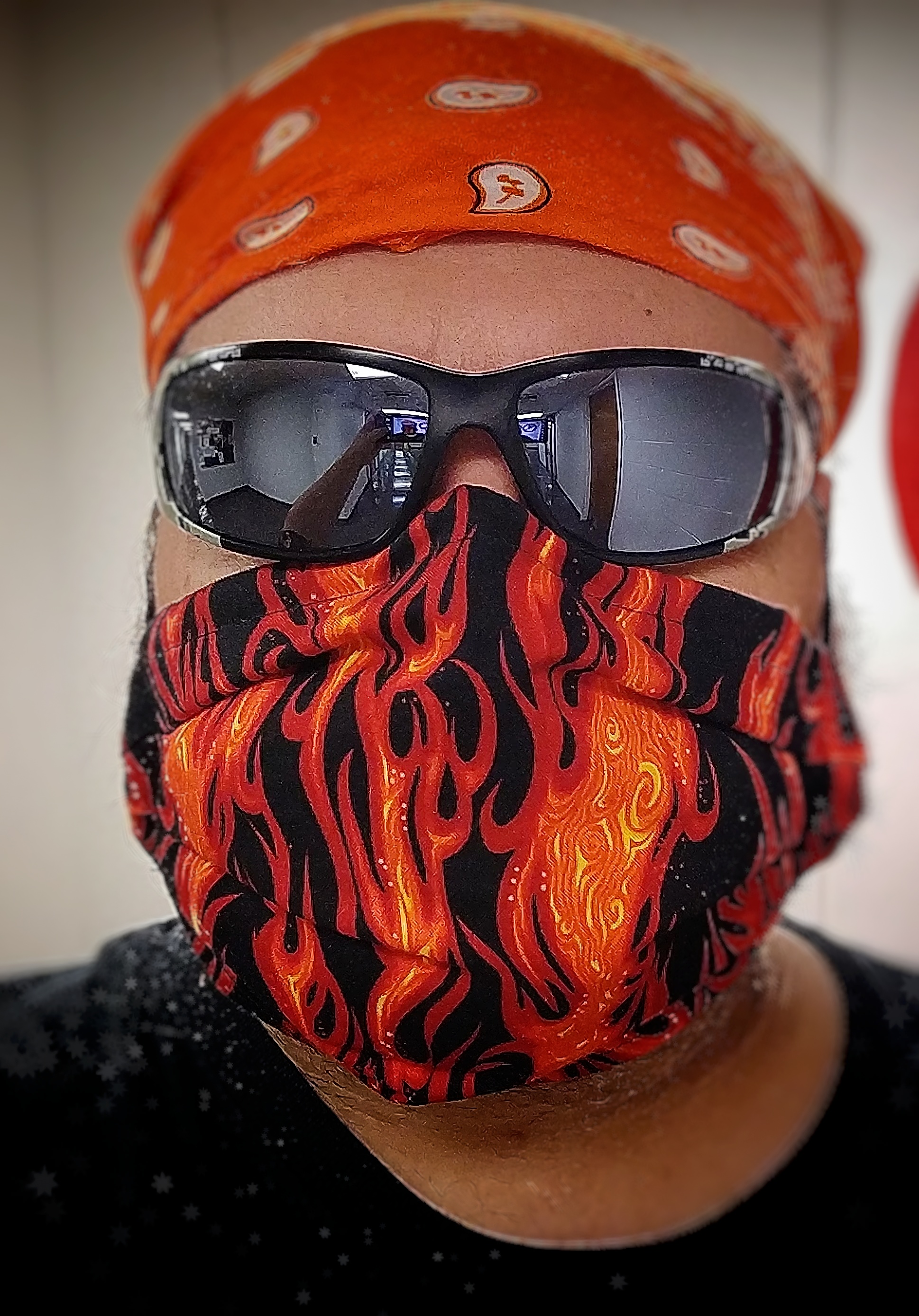SolidGrue
I’m just this guy, you know?
- 9 Posts
- 96 Comments

 19·20 days ago
19·20 days agoClick here to learn four secrets about chopping vegetables your grocer will hate
Unboxed?
Worthless.

 10·21 days ago
10·21 days agoI happen to have LMDE installed on a Lenovo Thinkpad Carbon X1 (Gen 3) tablet. It has a stylus that takes a AAAA (yes, quad-A) battery. Its an i5 or i7 Intel processor, and has a 3k Wacom sensor display. I’ve played with Inkscape on it and I think it fits the bill nicely, but it’s also discontinued.
Cinnamon was the only DE with DPI scaling that worked worth a damn, and also had good native support for screen autorotation and onscreen keyboard.
I need to completely wipe and reinstall the system now because I configured my slices too small, and for some reason decided not to put root in an LVM like a sane person would have (it was 2017 tho. Different times…)
Anyhoo, if you can come by one through the refurb market, I think it comes closest to your spec, saving the no-battery stylus.
Sometimes I use nutella & orange marmalade 🤫

 61·21 days ago
61·21 days agoI’m a junkie for YouTube maker videos and other forms of creative infotainment. I binge on This Old Tony and Farmcraft101 videos, but I also listen to several podcasts adjacent to my (rather technical) professional sector.
Ugh, and politics. Stresses me out too.

 4·1 month ago
4·1 month agoOh, and then I guess it inspired Bowie’s single, Major Thom

 231·1 month ago
231·1 month ago2001: A Space Odyssey (1968), at the time of its release, was based on a short story called The Sentinel by Arthur C Clarke. In that story, the roots of the Tycho Monolith plot segment of 2001 of is sketched out, and then expanded as both a screenplay and a full-length novel.

 3·1 month ago
3·1 month ago(A) It’s probably fake.
(b) O_o … That’s enough Internet for today. Tapping out. (Proceed to stoned state, or volunteer at a soup kitchen)
(3) SO YOU WANT TO JOUST, HEY?
NO BITING. NO SCRATCHING.
Anything else goes. 🔥❤️
I’ll take 2 cases of each, please.

 2·1 month ago
2·1 month agoSad trombone is always a favorite.
I love the ambiguity in this GIF. It’s both judgy, and still castigates both sides of an argument for being stupid. Its coming into vogue.
It’s also not mine. Lol.

 1·1 month ago
1·1 month agoYou can do both.
I own some domains. I also have an ISP uplink with a dynamic IP.
I host the DNS for one of my domains (it’s basically parked) at my registrar and use their API to update an A record in my domain with my current IP addess so I can connect Wireguard, OpenVPN and/or SSH/mosh at will.
You don’t need DDNS specifically, just a router that makes the API call, or a little
curl+cronsavvy on an internal serverTo answer your question; You’re not going to delegate your NS records to your dynamic IP because that would be a disaster. Rather, you use the DNS device at your registrar and configure a DDNS client on your router to update the server at the registrar.
OR… use
dhcp-exit-hookson your router to update DDNS at the registrar on BIND and REBIND events.ORRRR… use
crontabandcurlto do a periodic query/update via the registrar’s API for your current IP address. (Your registrar will have sample scripts to use.)This is one of those fun “roll your own” solution spaces they leave as an exercise for the reader.
As far as usability and security? I like using that hostname my dynamic IP gets for call-home services. Its obscure, which helps, and also I don’t like to rely on 3rd party when I don’t have to. I’m incurring my own risk doing so, but neither am I exposing anything to evil Sysadmins

 41·1 month ago
41·1 month agoHey, do you need a new GIF? Seems relevant tonight.


 12·1 month ago
12·1 month agoIt’s mainly about managing risk, but also not all ISPs allow residential accounts to host services on their IP addresses.
Opening a port to the internet exposes the service to the whole internet, which means you need to secure the service with strong credentials, set up SSL, manage the certificate, and keep software up to date. You incur a lot of extra work, and also extra risk not only to your self-hosted service, but to any other services you host that “trust” your service.
All that work requires extra knowledge and experience to get right which, let’s just be honest here: we’ve all probably followed that one How-To blog post, and maybe not understood every step along the way to get past that one pesky error.
Running a secure VPN overlay like Tailscale has much less overhead. You generate some keys, and configure your lighthouse server so the enrolled devices can find each other. It effectively extends your LAN environment to trusted hosts wherever they might be without exposing any of the services to the Internet.
Overall, Tailscale is simpler and much less work for individuals to set up and maintain than to secure multiple services against casual or targeted intrusion.
Tailscale also has the benefit of being a “client” in the view of the ISP, who see your IP address reach out to your VPS to initiate the tunnel, and not the other way around. If there’s any CGNAT going on, Tailscale would tunnel through it.

 0·1 month ago
0·1 month agoGet a new phone the vendor does support.
Firmware patching is applying low-level firmware to the modem or baseband, similar to a BIOS update on a desktop or server. These binary libraries are (a) proprietary, and (b) opaque to the user (meaning they’re not documented like normal software)
Once a vendor drops support for a platform, that’s it, that’s the end of the line. The device will still work, but any, glitches, firmware vulnerabilities, or updates for network-side changes will no longer be addressed.

 4·3 months ago
4·3 months agodeleted by creator

 11·6 months ago
11·6 months agodeleted by creator

 3·6 months ago
3·6 months agoI pay for Hulu and Prime (for the shipping), and get Netflix & Apple TV thru my T-Mobile subscription.
edit: oh, derp. I also have YouTube premium because I paid up for the Google Play Music family plan back in the day, and then it converted to YouTube Music + Premium. Later, I upped my subscription to Google One for the extra storage and phone support and get some okay, ad-free free content on the 'Tubes







Da fuq? That was hilarious. Also, maybe.